Last updated on April 22, 2024
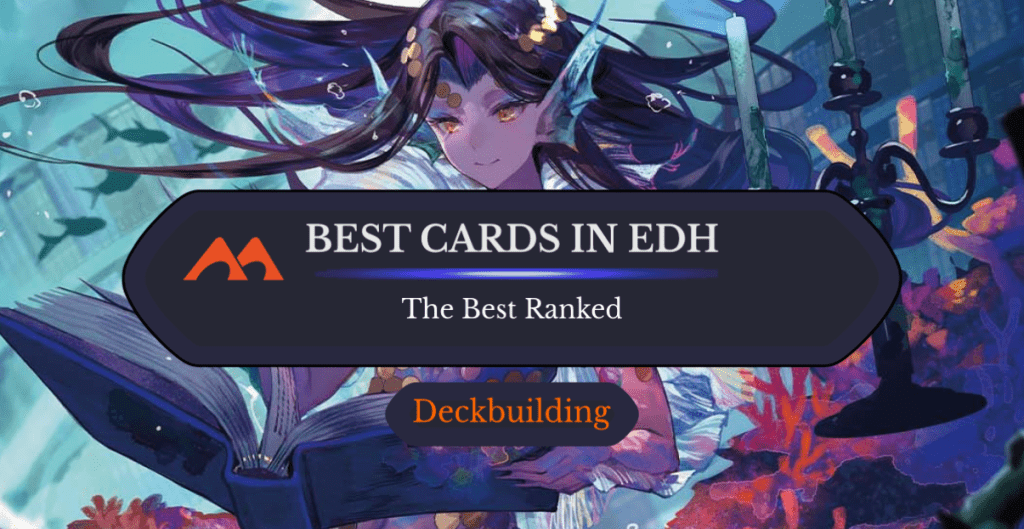
Rhystic Study | Illustration by Fuzichoco
Commander is far and away the most popular format in Magic: The Gathering. So much so that each new Magic set usually includes a separate Commander-focused set alongside preconstructed Commander decks. WotC uses these precon decks and ancillary Commander products to reprint format staples and introduce new ones. With so many Commander products each year, it's no surprise that the top cards for the format shift so often.
There’s no doubt you’ll recognize many of the cards on this list. The best Commander cards are the best for a reason – they’re the best-in-slot choice or just generally the best version of that effect available.
What Are Commander Cards in MTG?

Arcane Signet | Illustration by Dan Frazier
Commander cards, for our purposes, are any of the most popular cards in the Commander format. You’ve definitely seen these cards in your Commander games – some are essential Commander staples that hold the format together, while others are mistakes made by R&D forcing us to deal with the fallout for years to come.
The best Commander cards will have the widest range of applicability in the most decks. They’ll be strong plays no matter what turn it is, and should either generate massive value for yourself or stop your opponents in their tracks. Importantly, we’re ranking the “top” cards and not the absolute best cards, meaning the entries in this list will favor popular cards over their most powerful versions. You didn’t really want me to run down the list of Power Nine here, did you?
#37. Arcane Signet
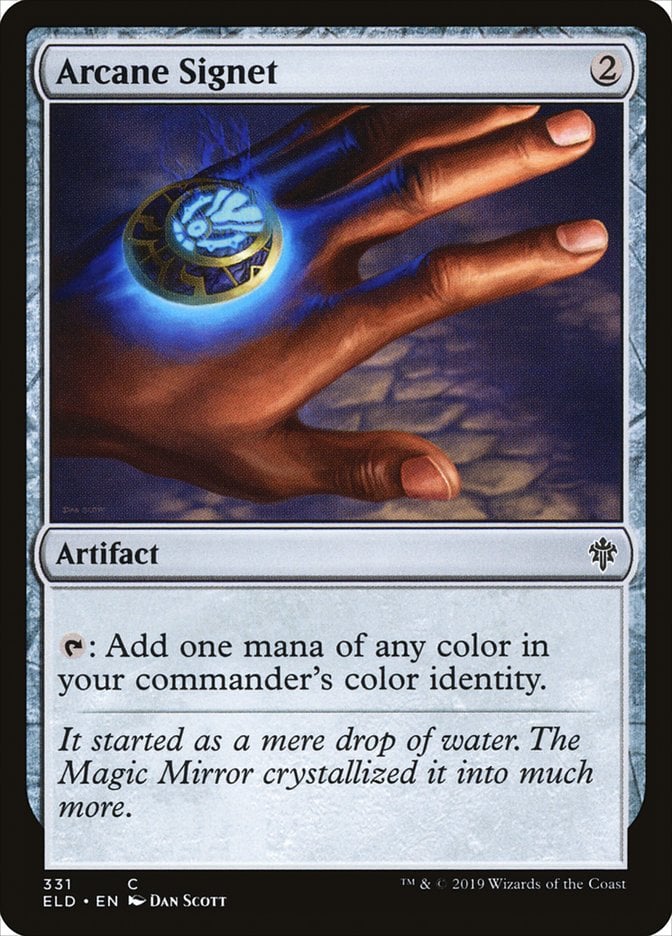
The only thing worse than the 1-mana mana rock you have to include in every Commander deck is the second one. Arcane Signet is a 2-mana rock that instantly fixes your mana, or at least gives you access to all colors in your commander's color identity.
Arcane Signet hit the field in 2019 with the release of the Throne of Eldraine Brawl decks – Wizards’s special 60-card Commander format they invented when Dominaria released, which has gone on to be a fan-favorite format on MTG Arena. Since then, it has seen a reprint in every Commander product and precon – getting the new Sol Ring treatment as a staple mana rock in the format.
#36. Beast Within + Generous Gift
Beast Within and Generous Gift are two sides of the same permanent removal. 3 mana for a no-limits piece of interaction makes Beast Within one of the best green removal spells, and Generous Gift one of the best removal spells in white. We never worry about that creature we’ve just given them either; a vanilla 3/3 is way less of a threat than that Sanguine Bond or Isochron Scepter we just destroyed.
#35. Chaos Warp
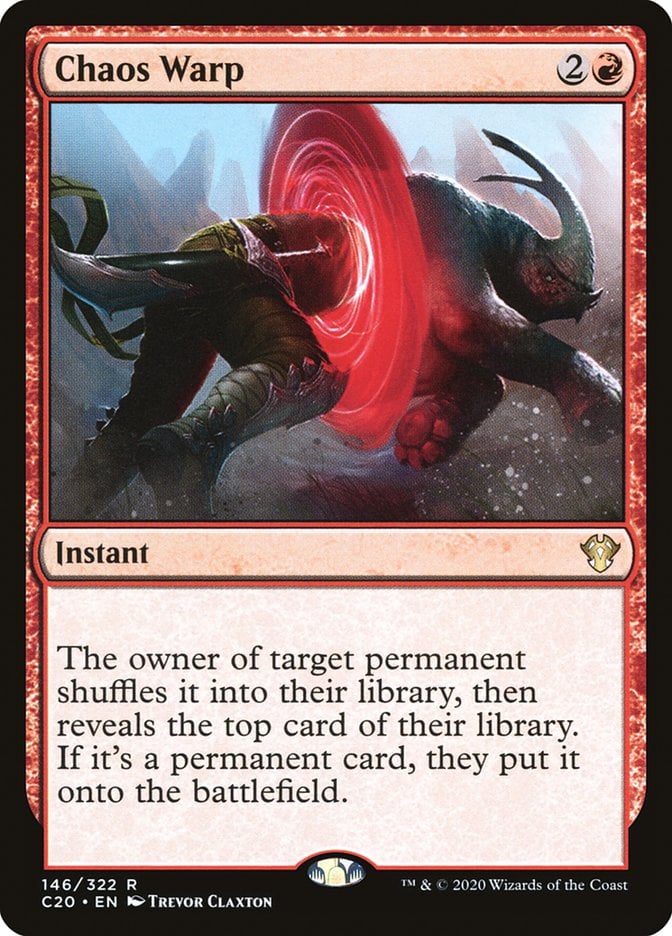
Chaos Warp can kind of be thought of as red’s Beast Within: one the best removal spells red has access to. It's 3-mana removal for a Warp World effect on that permanent. Chaos Warp gets better or worse depending on who you’ve cast it on, really. I love to blow up my opponent’s Kess, Dissident Mage since I know they’re favoring non-permanents in that deck, but I’m much more cautious when targeting an Amareth, the Lustrous.
#34. Craterhoof Behemoth
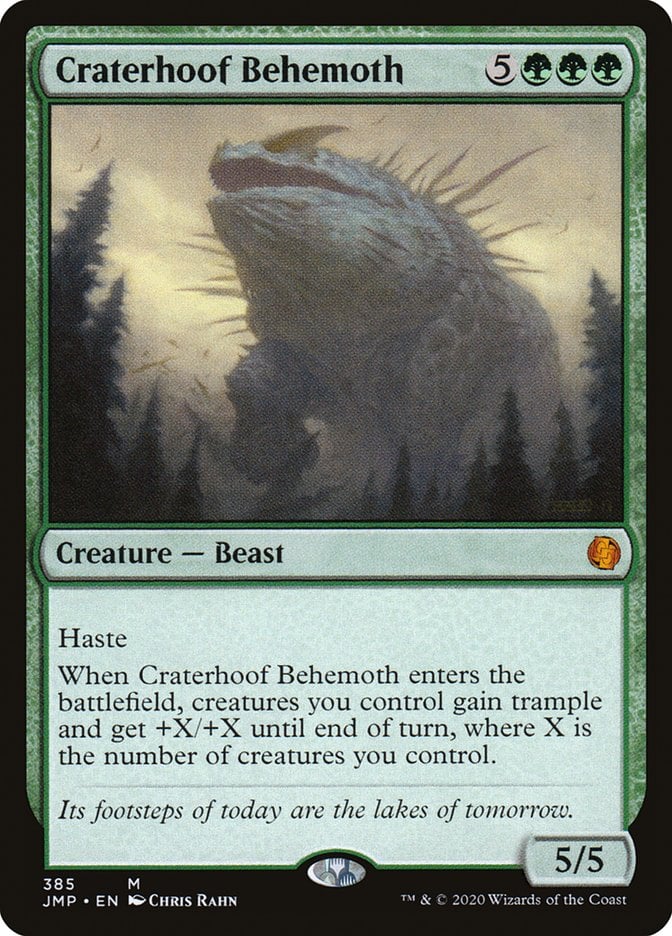
Green decks that win games with combat damage employ Craterhoof Behemoth almost religiously. This Avacyn Restored mythic rare changed how Magic did Overrun effects. Putting a P/T boost and trample anthem on a huge 5/5 with haste for the top end of your creature deck and jumping into combat just makes sense, so much so that Wizards has since printed toned-down versions like End-Raze Forerunners and Decimator of the Provinces.
#33. Torment of Hailfire
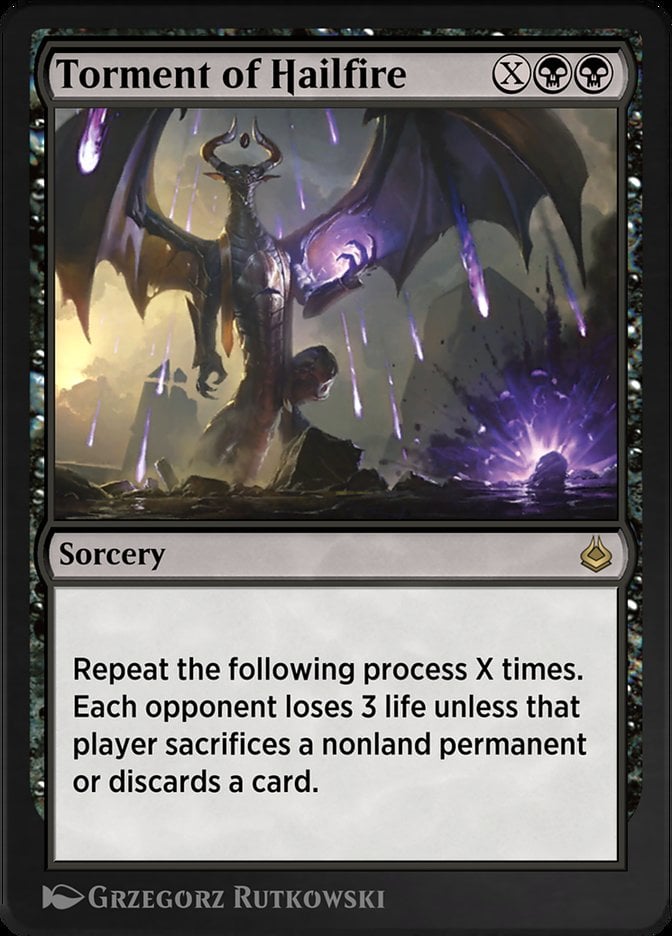
Back in my day, we dumped our 20 mana into a Fireball and liked it, but the kids these days have been slinging Torment of Hailfires around to a much greater effect. Torment of Hailfire has a leg up on the other game-ending X-mana spells by virtue of being oppressive hand disruption, removal, and life loss all at once. Compared to your traditional Exsanguinate or Rolling Earthquake, Torment of Hailfire is asymmetrical, and has the possibility to damage your foes for three times the amount of mana you paid into it. One of the best black sorceries, a well-timed Torment of Hailfire can accomplish three different goals at once!
#32. Impact Tremors
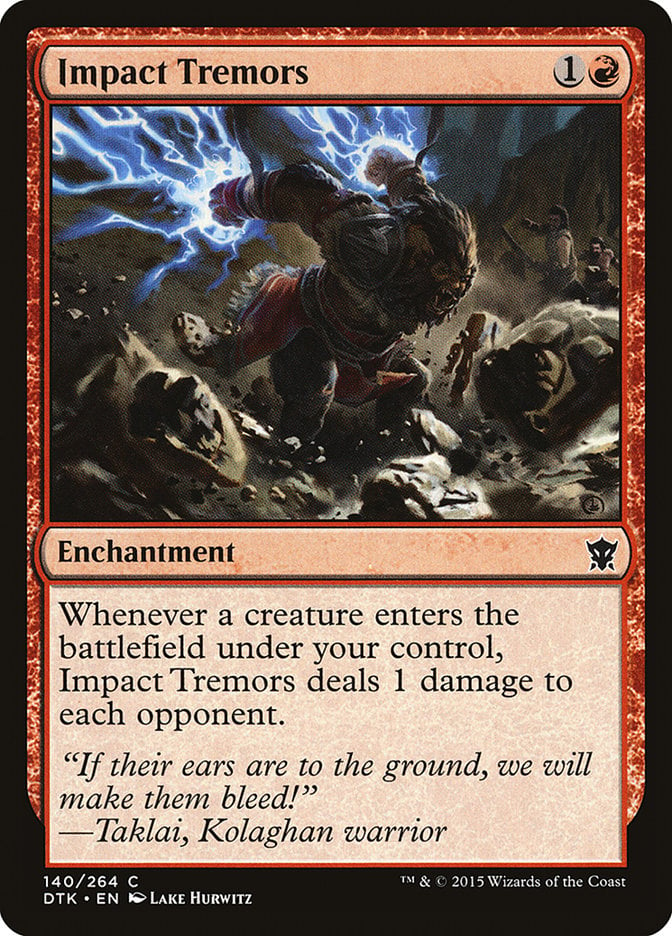
A lot of Commander decks cast a lot of creatures, or generate a lot of tokens, or blink creatures in and out of the battlefield, and Impact Tremors goes with all of them. Its biggest advantage over Warstorm Surge, besides price, is the stipulation that the damage hits each opponent, allowing this red enchantment to easily combo off with a Krenko, Mob Boss and a Kiki-Jiki, Mirror Breaker.
#31. Doubling Season
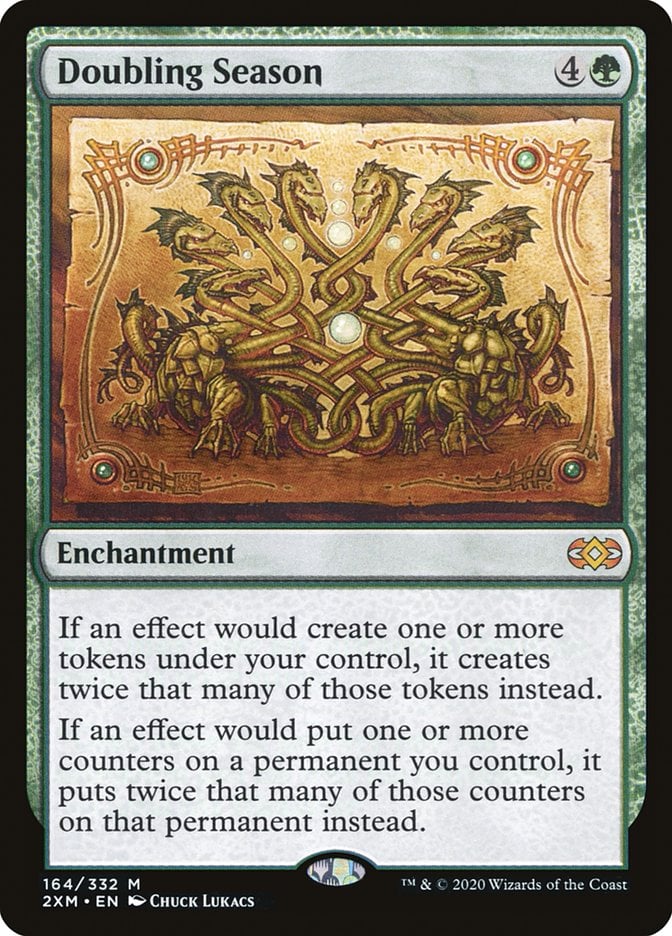
I shouldn’t have to go long on why Doubling Season makes the list. Token commanders and +1/+1 counter commanders are rampant in EDH, and often cross over into the same archetype (hello, Ghave, Guru of Spores fans). Doubling Season has great play outside of just making a ton of 1/1 Saprolings, though: This green enchantment also doubles the number of counters your permanents enter with, whether planeswalker loyalty counters, oil counters, lore counters, and more!
#30. Chromatic Lantern
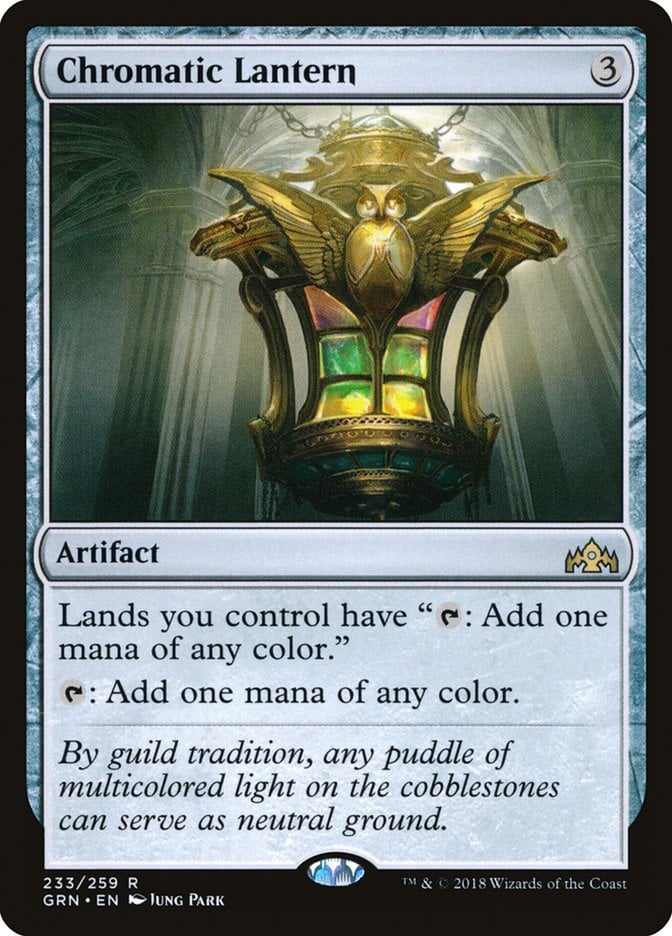
The ultimate 3-mana ramp, Chromatic Lantern is the perfect mana-fixer for any deck with all five colors in the command zone. Hell, it's even the perfect mana fixer for 4-color commanders and even works for 3-color piles, too. It’s harder to remove than any of the Dryad of the Ilysian Groves out there, and can tap to add mana itself. It’s an excellent turn-3 play, and has been ever since its release in Return to Ravnica.
#29. Etali, Primal Storm
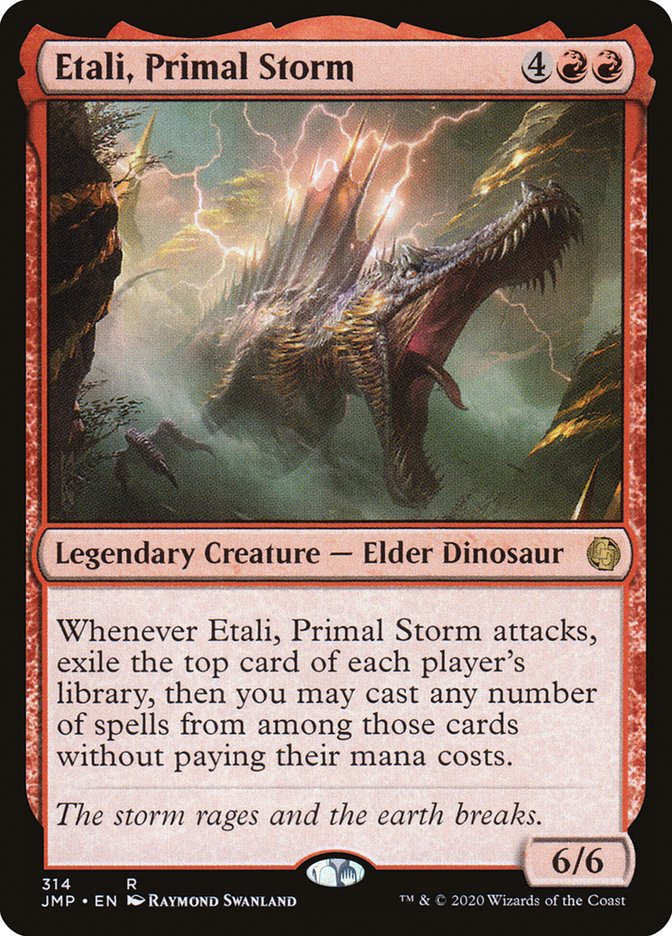
The Magic boomer in me loves Etali, Primal Storm. A six-mana 6/6 that casts spells from your opponents’ libraries is just the kind of janky, battlecruiser card that Elder Dragon Highlander was built on. Etali is a perfect junk rare with an ability that's only really “worth it” in a four-player Commander pod. Without haste, Etali isn’t super powerful: It's vulnerable to removal for a turn before it can swing and trigger its ability. That said, an unanswered Etali, Primal Storm will see you tripling your battle cruising-rate as soon as it swings in.
#28. Bolas’s Citadel
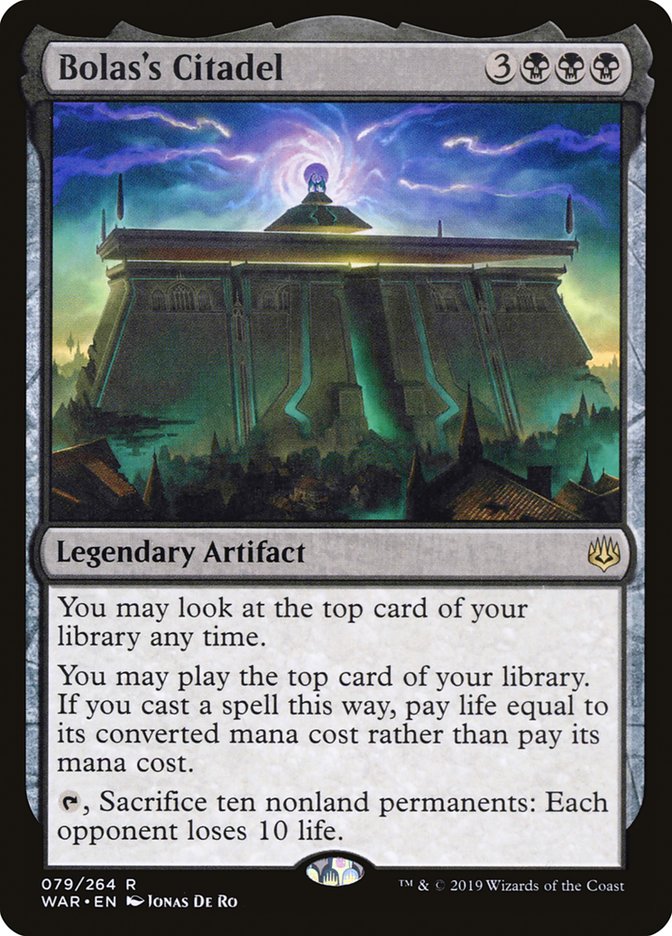
Bolas's Citadel is just generally good in Commander; in a 40-life format, you usually have more than enough to spare by the time you stick this legendary artifact to the field. It plays even better in decks that make a lot of permanents, like token decks, and in decks where you can gain a lot of life and manipulate the top cards of your library.
#27. Solemn Simulacrum
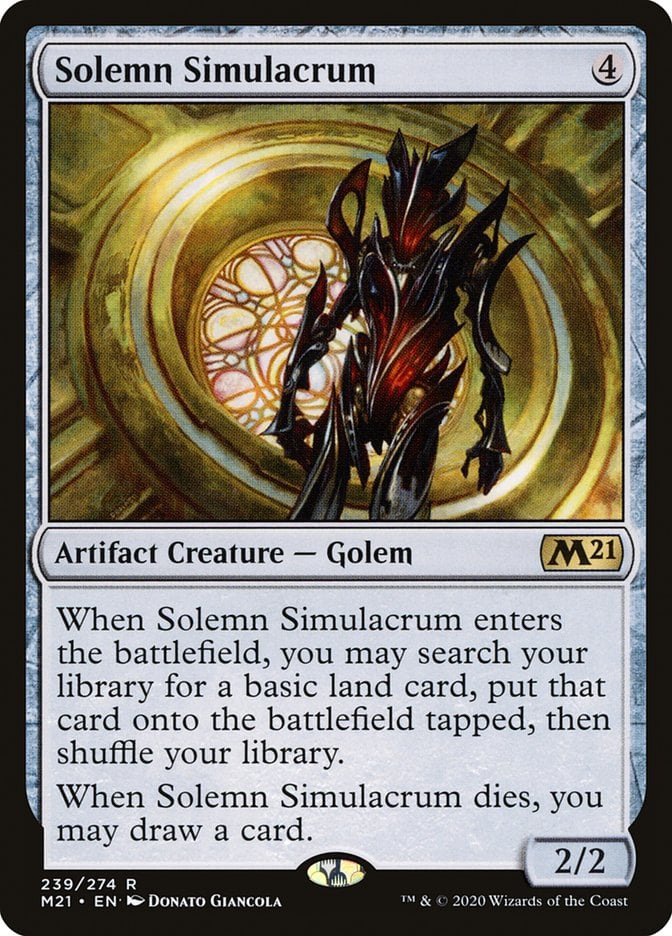
Solemn Simulacrum is the ramp spell for decks without access to traditional ramp spells, and for the decks with access to them, too. Affectionately nicknamed Sad Robot, this colorless creature is one of the best artifacts for Commander: It slots into any deck and is guaranteed to find a use as a Rampant Growth, a chump blocker, and a card draw.
#26. Blasphemous Act
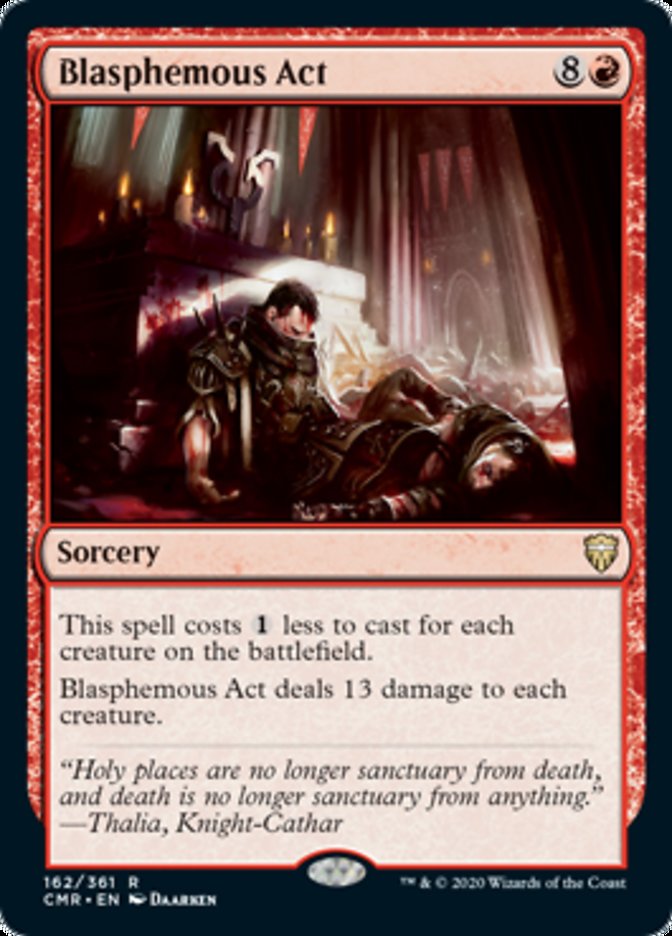
Blasphemous Act has earned its reputation as the best red board wipe. 13 damage is more than enough to kill everything, and the cost reduction effect gets exponentially better as you acquire more opponents who, in turn, play more creatures.
#25. Vandalblast
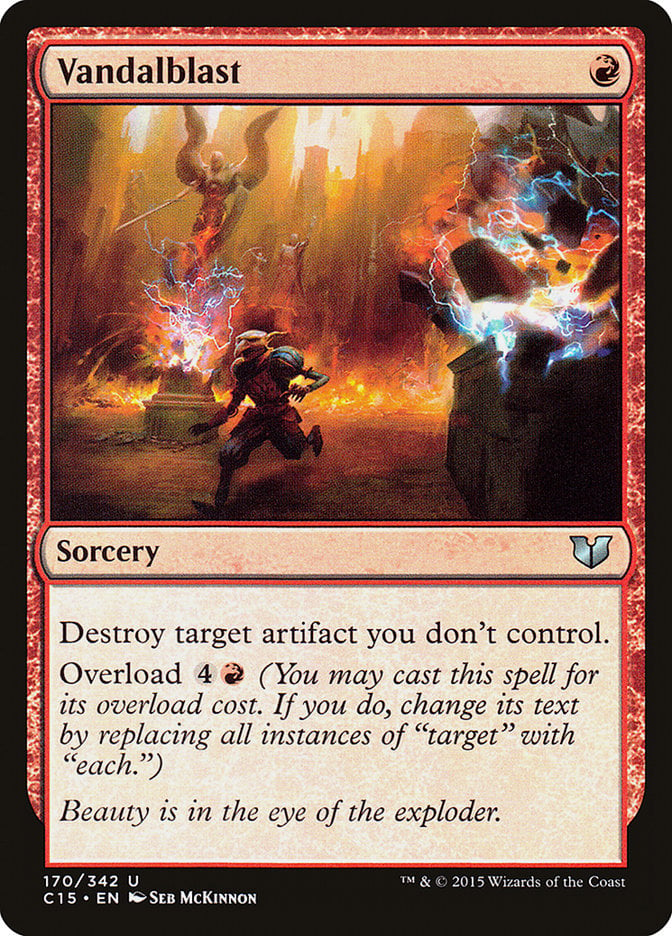
The go-to artifact board wipe in Commander is Vandalblast. 1 mana to destroy a target artifact is already the best rate we can hope for, but 5 for a one-sided board wipe that's guaranteed to sink that Mishra, Eminent One deck is just excellent.
#24. Rhythm of the Wild
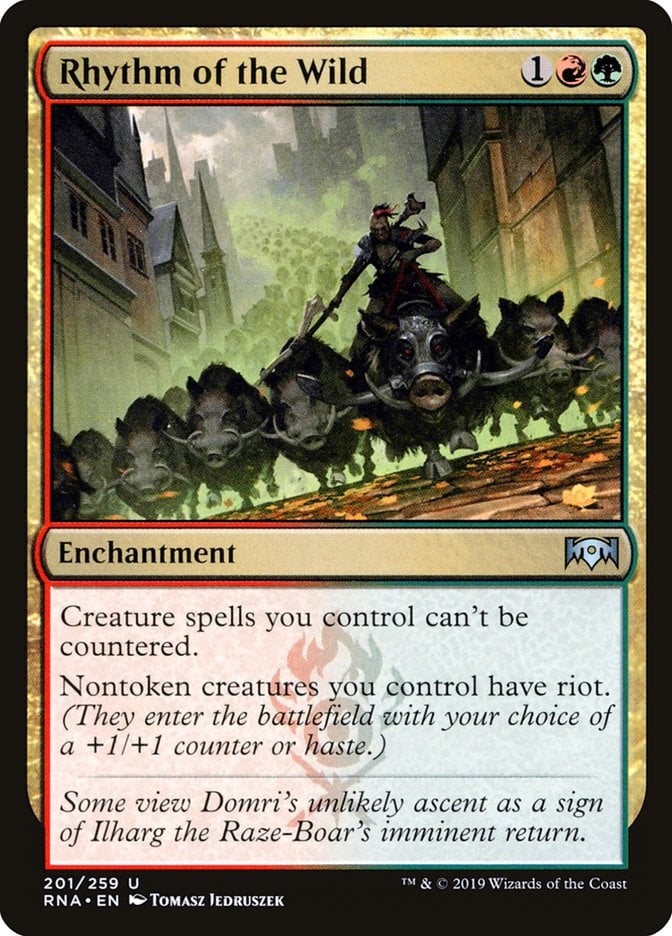
Gruul () decks know what's up with Rhythm of the Wild. Move over Fervor, there’s a new haste anthem in town and it's also stopping our creatures from being countered. As one of the best Gruul cards in the game, Rhythm of the Wild slots into most creature-heavy red-green decks with ease, and makes a great inclusion in +1/+1 counter themes as well.
#23. Smothering Tithe
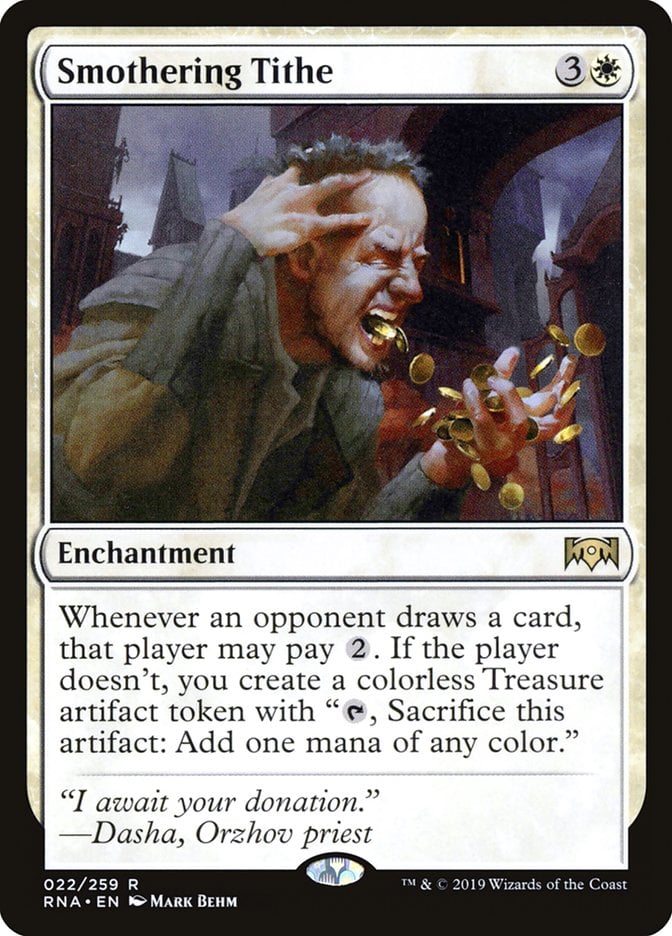
The Magic community collectively lost its mind when white got its own Rhystic Study. Smothering Tithe is a Treasure-generator like no other, generating more mana in a Commander game than almost anything else (Dockside and Ragavan gives it a run for its money).
Similar to Rhystic Study, Smothering Tithe badgers your foes with “do you pay the 1?”, which most opponents will flat-out refuse as a general rule. After a 4-mana investment, you’re looking at at least three Treasures by the time the turn comes back around, and even more as the game ramps up and your opponents start drawing cards off their Brainstorms and whatnot. One of the very best white enchantments and almost an auto-include in every white deck, the only prohibiting factor is its real-world cost.
#22. Esper Sentinel

As if Smothering Tithe wasn’t bad enough, now we’re giving white Mystic Remora on a body. Sure, this white artifact creature only triggers on their first noncreature spell and there’s no guarantee its power will be greater than 1, but this is still another punishing stax effect that lets you ask every turn “will you pay the 1?” You just can’t beat this effect at only 1 white mana.
#21. Cultivate + Kodama’s Reach
Cultivate and its Kamigawa-themed friend Kodama's Reach are two of the best ramp spells in the format. A turn-3 play (or turn 2, if we ramped already) that guarantees us another land that turn and at least one more on the following turn is more than enough to pull us way ahead on mana. We’re looking at 5 mana on turn 3 on average, suddenly bringing all those prohibitively expensive commanders into a playable range.
#20. Heroic Intervention
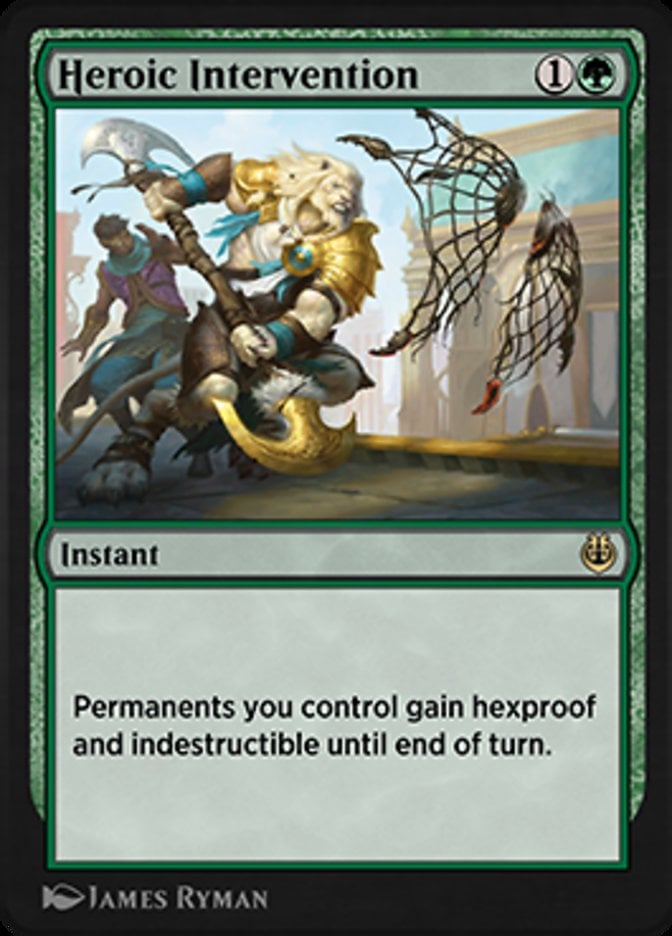
Heroic Intervention is green’s best defense against board wipes and targeted removal. For 2 mana we’re looking at a better response to Blasphemous Act than Wrap in Vigor. It’s no Veil of Summer, but the large number of situations where its applicable makes it one of the best green “counterspells,” and one of the best green instants overall.
#19. Sensei’s Divining Top
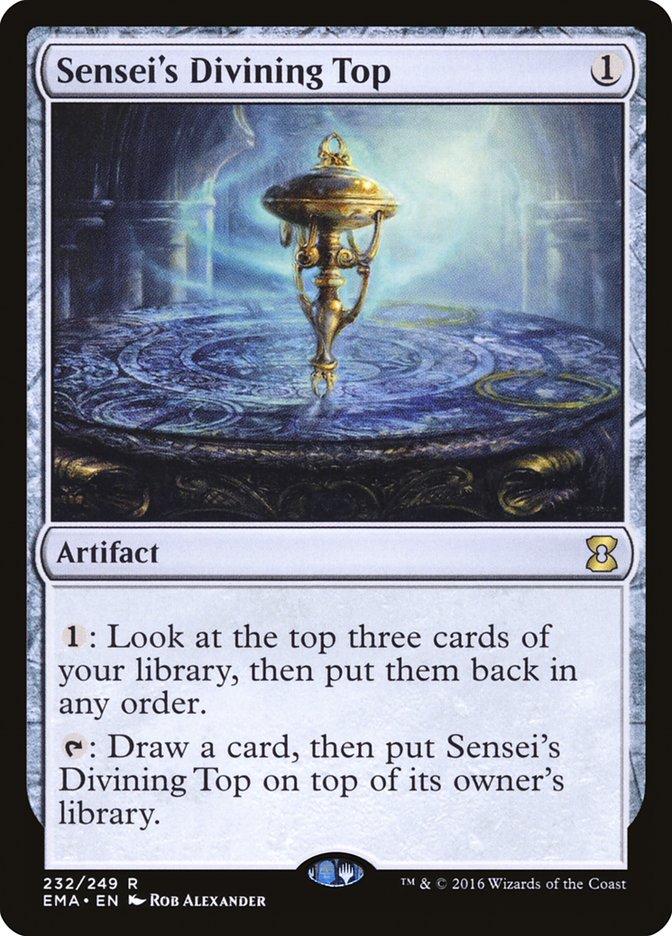
Sensei's Divining Top is banned in Modern and Legacy because it just plain creates too much consistent advantage, and is an absolutely miserable experience to play against in high-power competitive games. In casual games of Commander, it's just a neat way to filter through the top of your library! From enabling miracles to setting up the perfect top deck for Intet, the Dreamer, SDT is the best scrying you can do in Commander, and it isn’t locked into a color identity!
#18. Opposition Agent
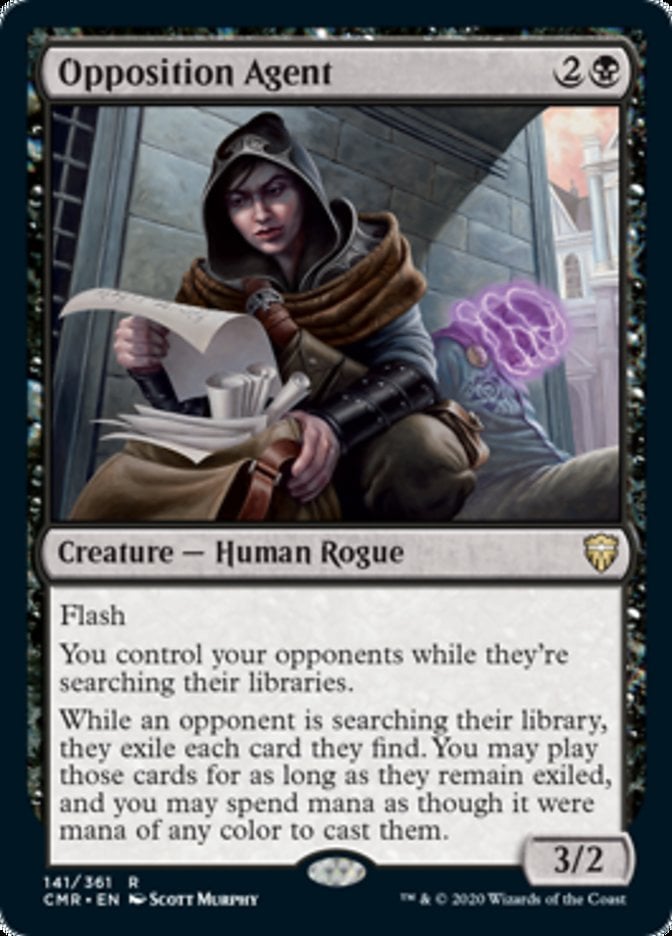
Opposition Agent is the best response to your opponent’s Demonic Tutor, and the funniest response to their Evolving Wilds. Any time a card lets us take control of an opponent and make any decision for them, the results can be devastating. Opposition Agent gives us control of an opponent’s tutor effect at flash speed for 3 mana. In a 100-card singleton format, tutoring key cards is essential to executing your game plan, and Opposition Agent puts a firm stop to that. In fact, outside of Aven Mindcensor, this black creature is one of the only instant-speed responses we have to tutor spells, if you don’t count Negates.
#17. Blood Artist
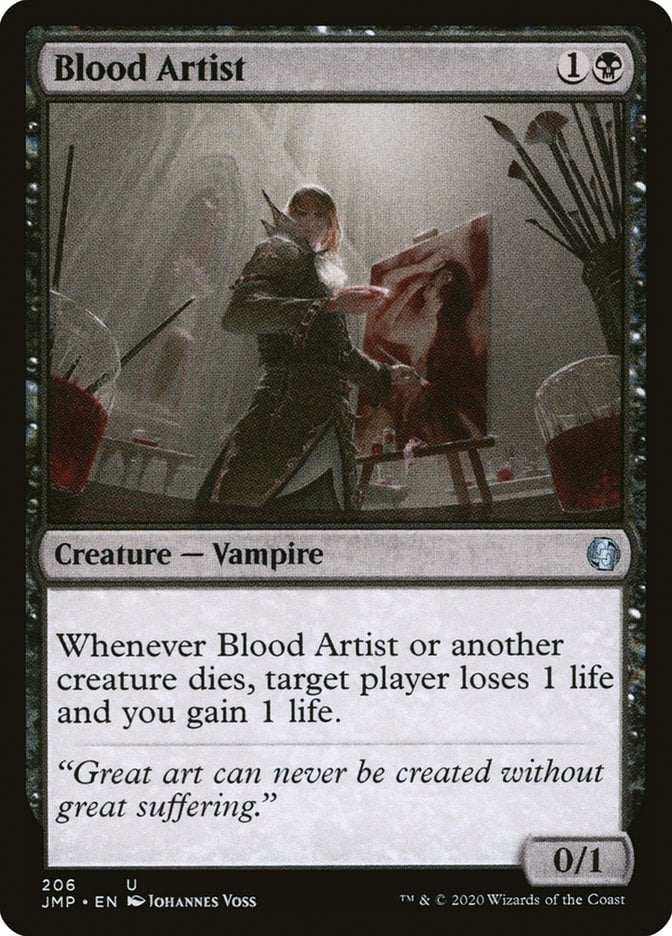
Every aristocrats deck needs either a Blood Artist or a Zulaport Cutthroat, and usually both. Blood Artist is literally the original aristocrat pinger, and as such this black vampire is the lynchpin to any strategy that looks to win by sacrificing creatures over and over for value. There are many imitations (Falkenrath Noble, Cruel Celebrant), but none will beat the symmetrical effect and 2-mana casting cost of Blood Artist.
#16. Skullclamp
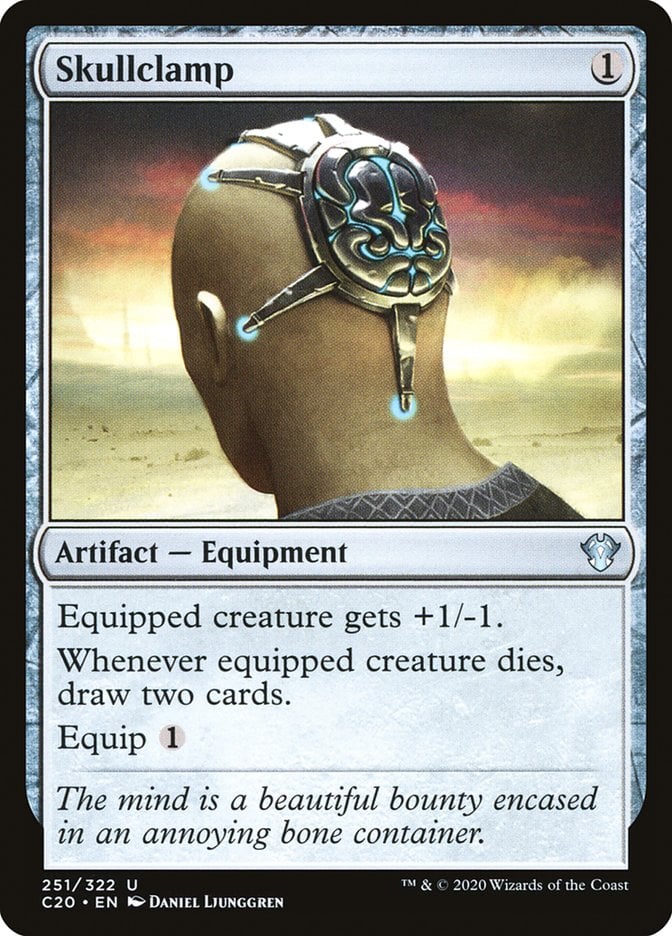
The phrase “Skullclamp was a mistake” has probably solidly embedded itself in your brain by now, but just in case it hasn’t, take a few moments to repeat that out loud. Ready? Ok.
Skullclamp was an oversight on R&D’s part when it was released, accidentally becoming the best way to draw two cards overnight. 1 mana to play and 1 mana to equip it to an X/1 creature and suddenly you’re two cards deeper into your library. Now let's take this basic premise and multiply by the 100 Saproling tokens you just made using Doubling Season. You can see how this gets out of hand basically immediately.
If you’re interested in learning more, there’s a good article on how the Design team messed up so badly with Skullclamp here.
#15. Dockside Extortionist
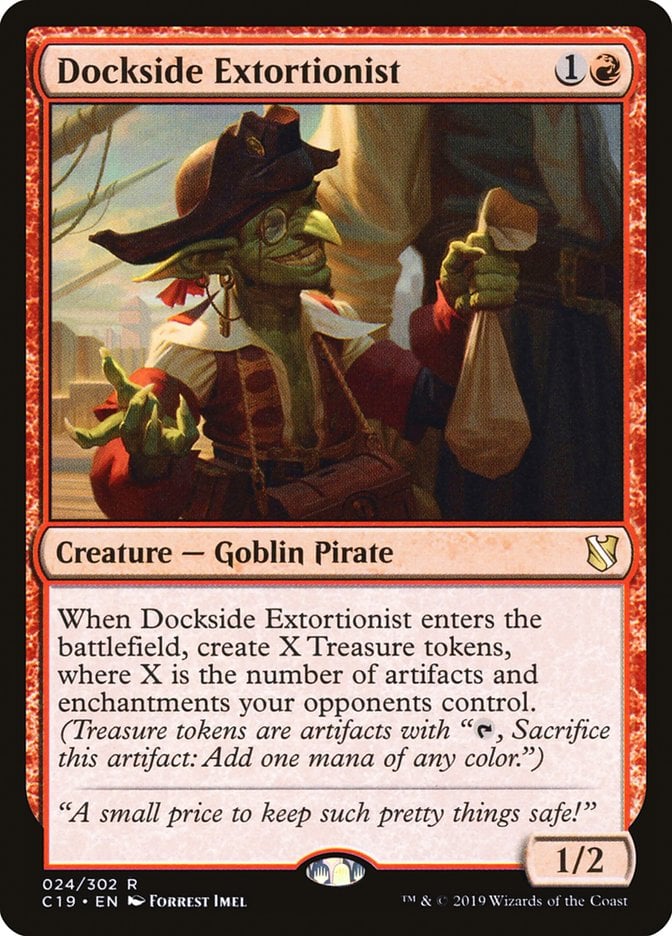
Dockside Extortionist has caused quite a hubbub since its release, but a lot of that might be just that: hubbub.
A cheap casting cost and easily reusable ETB effect make this goblin pirate one of the biggest menaces to the format. On average, you’re seeing at least three Treasures returned to you after casting Dockside Extortionist with a full pod. However, this is about where Dockside tops out in casual pods. It makes much more of a splash in cEDH, where everyone has a copy of this red creature as well as a plethora of 0- and 1-drop mana rocks for it to really blow up.
#14. Cyclonic Rift
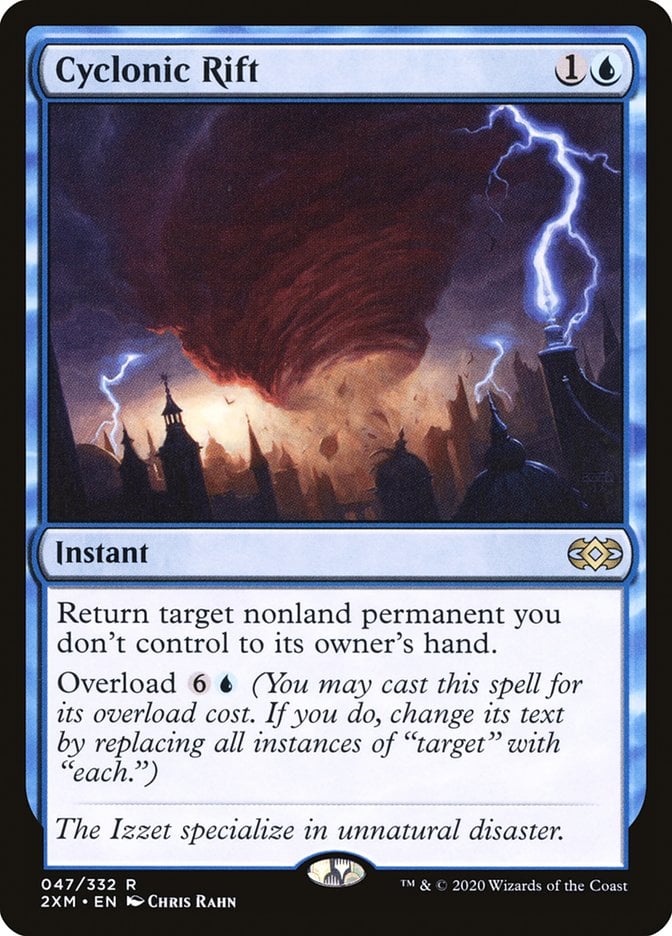
Blue’s best board wipe in Commander is Cyclonic Rift. 7 mana is on the expensive end of one-sided board wipes, but being an instant-speed board wipe gives it a leg up over all those other sorcery-speed spells.
#13. Land Tax
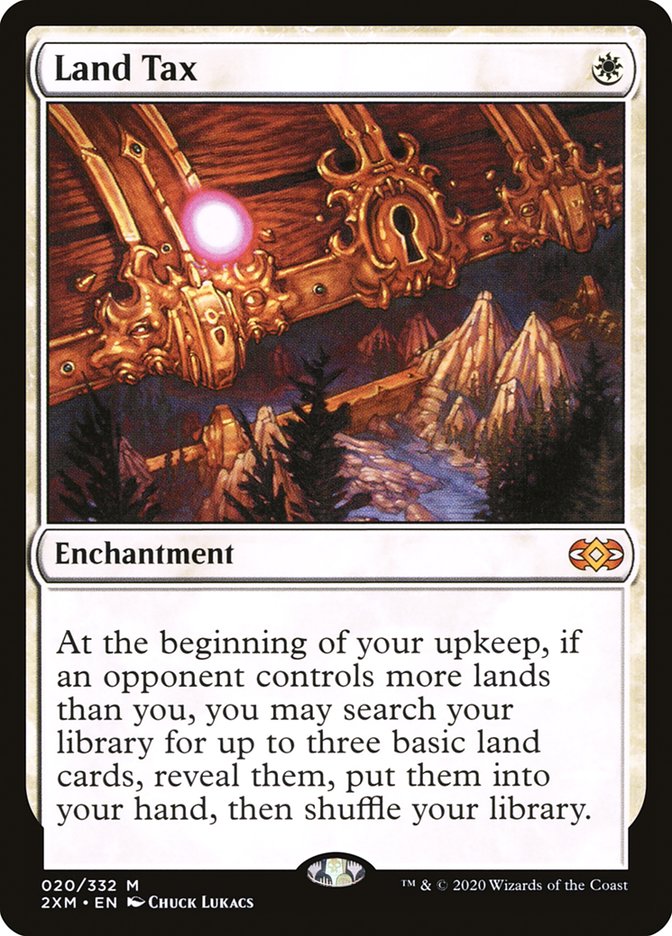
Land Tax is the number one way white decks can keep up with the aggressive land-ramping green has access to in Commander. While it only tutors those lands to your hand, it's a guaranteed way to filter all those basic lands out of your library and never miss a land drop.
#12. Toxic Deluge
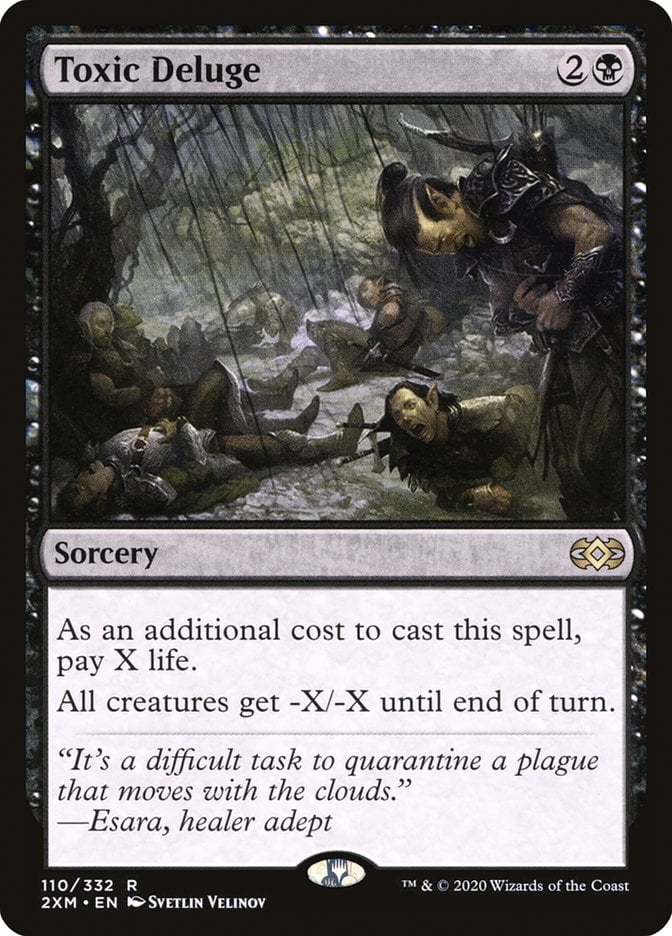
At first glance, Toxic Deluge already appears like a great black board wipe. It gets around indestructible, and can be scaled to your needs. However, Toxic Deluge can also enable some of the wonkier life-total combos in Commander. For example, setting up a Near-Death Experience alongside the Deluge lets you set your life total to exactly 1, winning the game. Vilis, Broker of Blood turns Toxic Deluge into a huge draw spell, too.
#11. Swiftfoot Boots
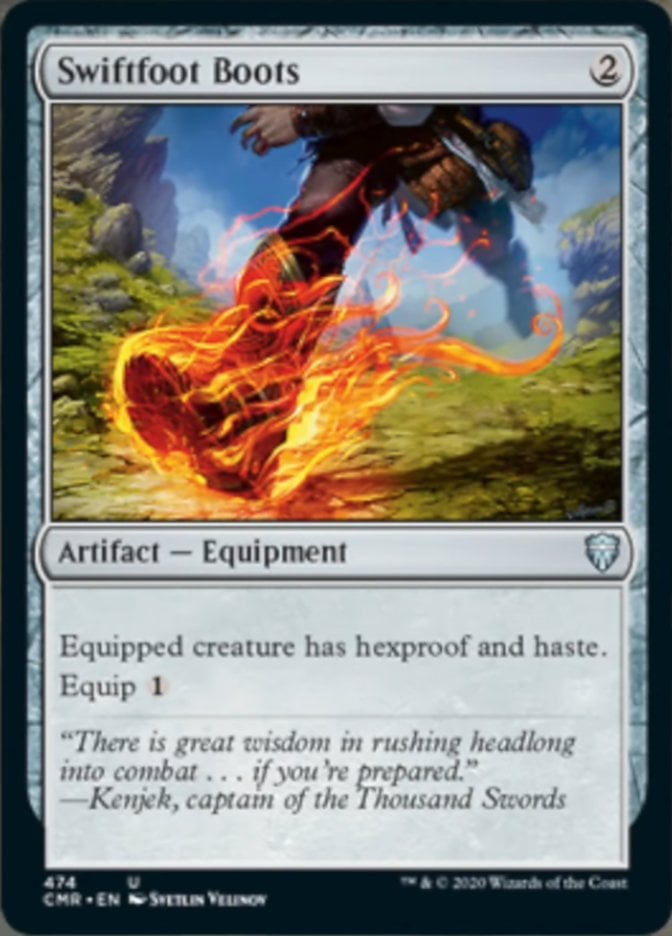
Swiftfoot Boots is the slower, cheaper Lightning Greaves. That sounds a bit harsh, but it's still one of the best options in the entire format for protecting your commander. In fact, it has some instances where you’ll actually prefer hexproof rather than shroud. Maybe you’re trying to stack 100 auras on Rafiq of the Many, or you need to reanimate Gonti, Lord of Luxury with an Undying Evil effect.
#10. Roaming Throne
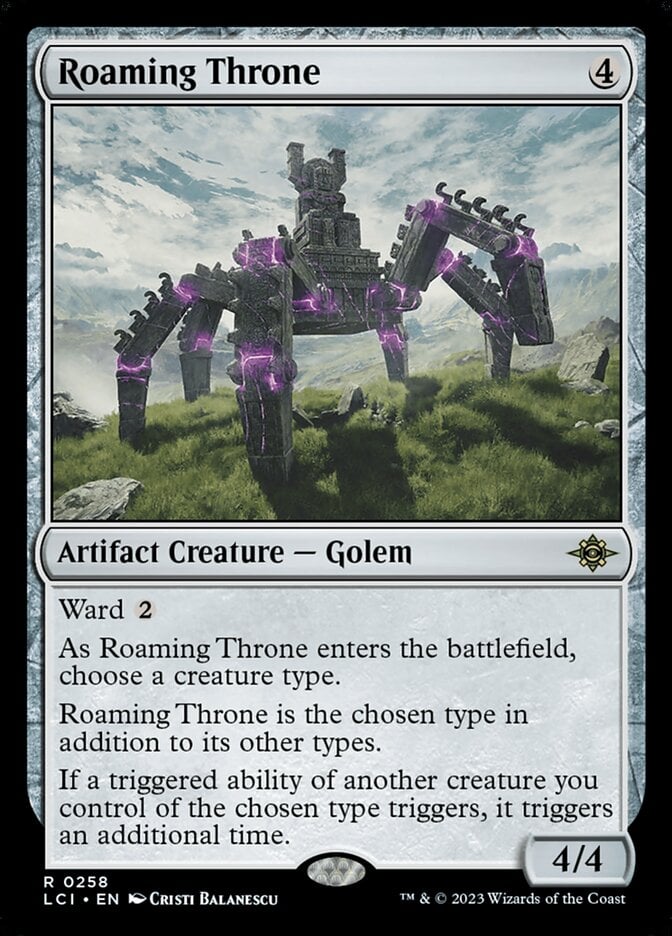
We’ve been punished with a deluge of new Panharmonicon effects in premier sets over the past few years, and Roaming Throne might take the cake as the best trigger doubler yet. At first glance, it seems like this golem is meant for a typal deck, and that's definitely an option. However, its real value is that it's a 4/4 with Ward for 4 generic mana that’ll double up on any triggered ability from your commander. That means decks of any color identity can make use of Roaming Throne, pushing it into the “Why wouldn’t you run this in every deck” zone.
#9. Fierce Guardianship
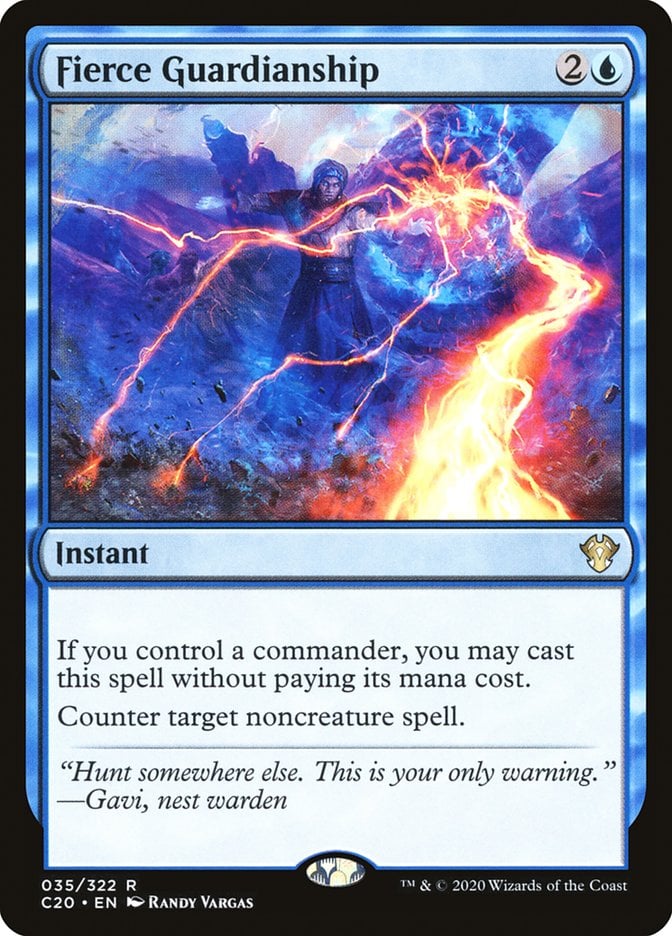
Free spells are good. But you know what's even better? Free counterspells. Fierce Guardianship is the only one of the free-if-you-control-your-commander 2020 spells to make the list, and that's because it's not just one of the best blue counterspells, but flat out one of the best blue instants in the game. A Pact of Negation that you don’t need to pay back on the following turn means this is the ideal way to protect that commander you just tapped out to play until your next turn.
#8. Teferi’s Protection
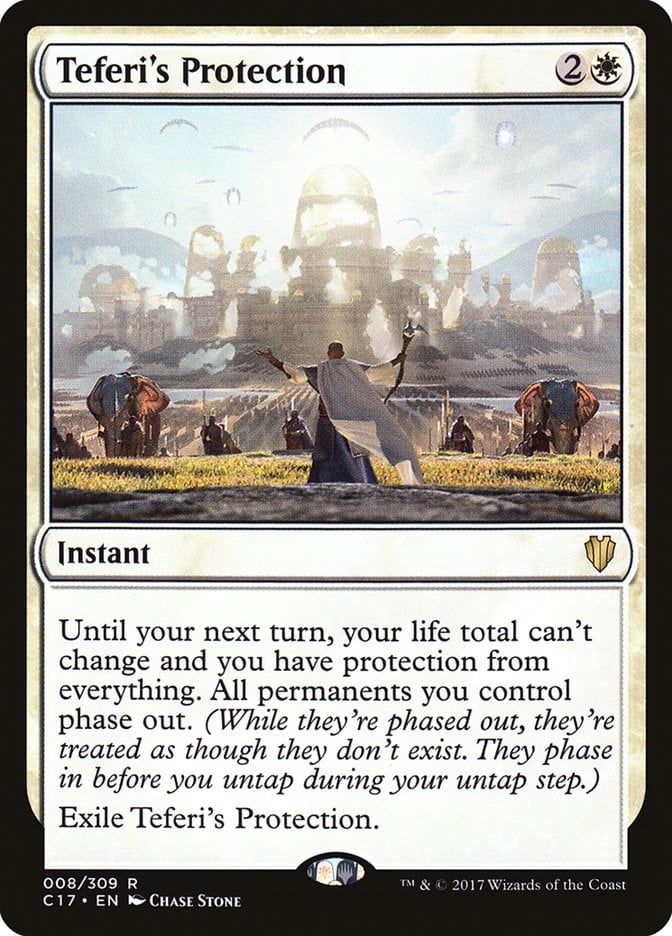
I can’t tell you how many games I’ve played where Teferi's Protection has been the defining spell. This white instant not only prevents you from losing to whatever wild play your opponent just threw at you, it also saves all of your permanents, making you virtually untouchable. Teferi's Protection is the UNO! Reverse card of Commander staples, turning that all-out attack from your opponent's 300 Saproling creature tokens into a complete whiff, or allowing you to completely ignore that Worldfire.
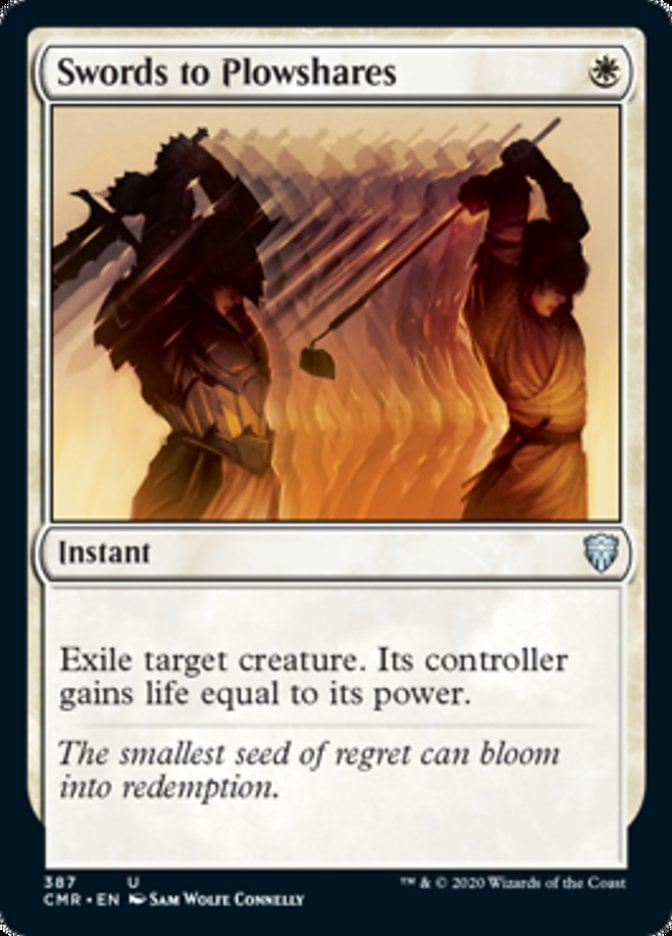
Swords to Plowshares is the original white exile effect, exiling targets from the game ever since 1993’s Alpha. 1-mana removal will always be of great value, especially in white decks where mana might be tight. The rate on Swords to Plowshares is truly insane; permanently removing any problematic creature is well worth its power in life in almost every instance.
#6. Rhystic Study
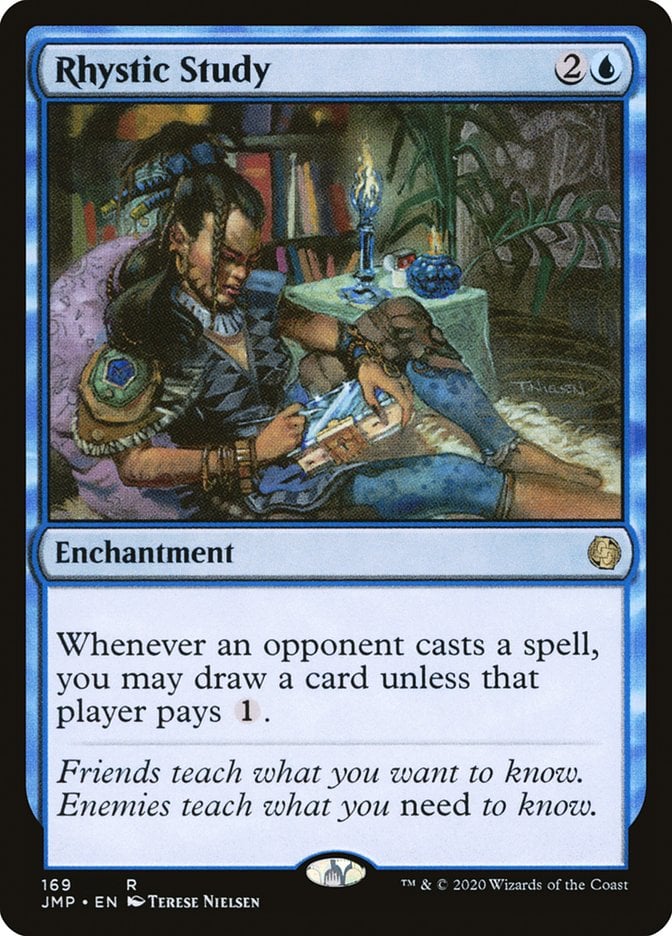
The source for the infamous “Do you pay the 1?” question, Rhystic Study is blue’s best card draw effect in Commander outside an Ancestral Recall. On average, you’ll see three cards drawn after you play Rhystic Study before it even comes back to your turn. There’s no cumulative upkeep like on Mystic Remora, plus it doesn’t specify noncreature spells. Really, it’s hard to believe this blue enchantment is from a cycle that included Rhystic Cave and Rhystic Lightning. Stick this blue card to the field and there’s no reason you won’t draw into a game-winning hand within a turn or two.
#5. Demonic Tutor
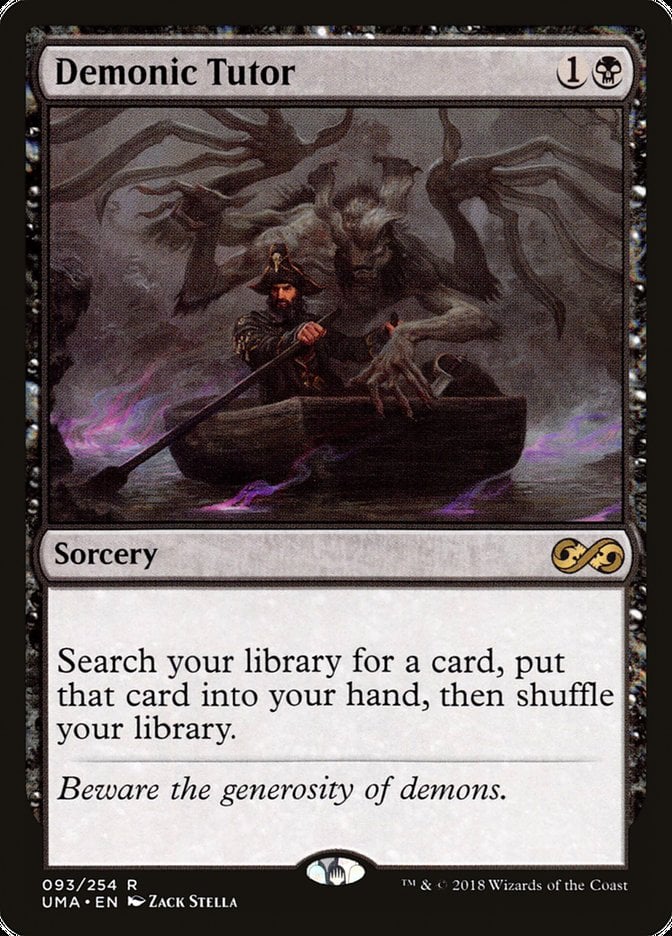
This is one of the best black cards and the best tutor in Magic, hands down. In fact, it's why we call search effects tutors! Demonic Tutor is 2 mana to search up whatever card you need; a great effect in regular Constructed 60-card games that just explodes in value in a singleton 100-card format. So much of Commander is reliant on you fighting against the randomness of your deck, either by including redundancies for certain effects, or in Demonic Tutor’s case, pulling the right cards from your library at the right time. The only thing holding this black sorcery back is its sorcery-speed casting, but that’s hardly a downside when you’re looking to cast that spell you tutored on the turn you pulled it anyways.
#4. Thassa’s Oracle / Laboratory Maniac
Laboratory Maniac and its evil twin Thassa's Oracle are the two most popular ways to win Commander games in blue. Milling yourself out as a win condition is easier than ever in this format, and these two blue creatures are the keys to that strategy. For starters, they both combo instantly with Demonic Consultation and Tainted Pact to win the game instantly. Not good enough? Try Doomsday, or Enter the Infinite, or Hermit Druid.
#3. Mystic Remora
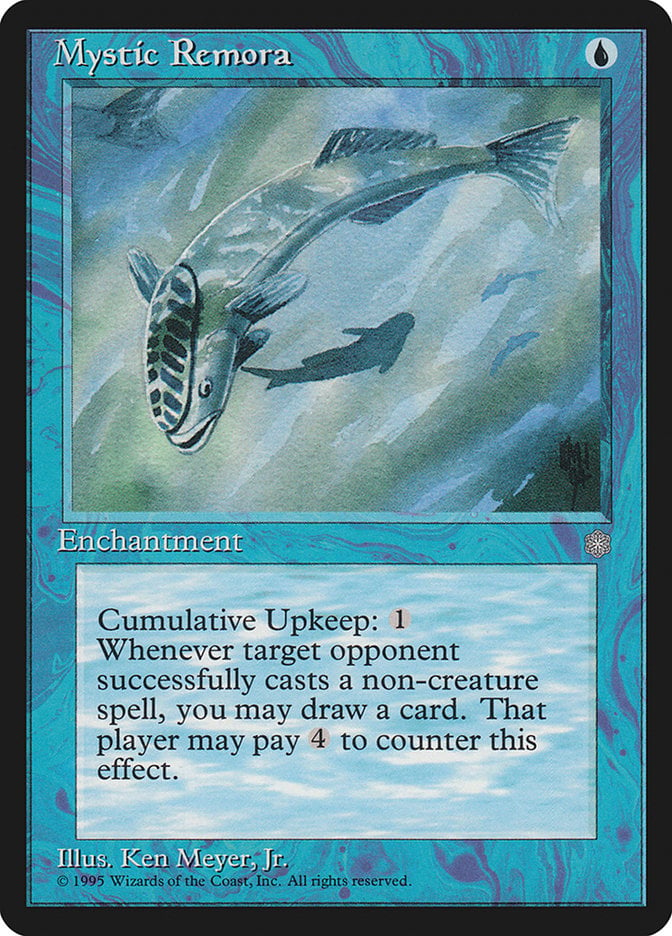
1 blue mana and no “once-per-turn” restriction on those noncreature spells makes Mystic Remora one of the best draw spells in blue.
There’s a lot of discussion online about the optimal number of turns to pay into Mystic Remora‘s cumulative upkeep, and the answer really depends on the situation. If this comes down early, you’ll definitely see three more cards in the first few turns as everyone casts their Rampant Growths and Arcane Signets. 1 mana for three cards is already at an Ancestral Recall rate, paying 1 more for another go-around will see us at five or more on average for just 2 mana.
#2. Lightning Greaves
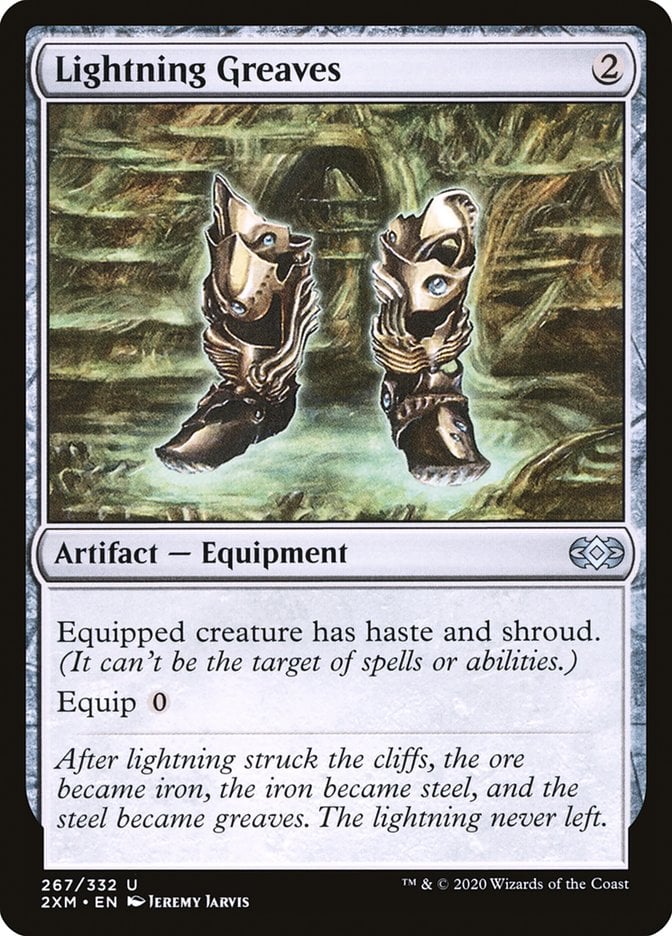
Lightning Greaves is the best way to keep a commander safe from harm thanks to shroud, and enjoy the immediate benefits from any attack triggers they have. The cheaper equip cost versus Swiftfoot Boots makes the Greaves favorable in almost every situation, minus the ones where you need to target your commander with a lot of spells – think aura and equipment-based Voltron decks – but even then you can always move the Greaves over to another creature at sorcery speed.
#1. Sol Ring
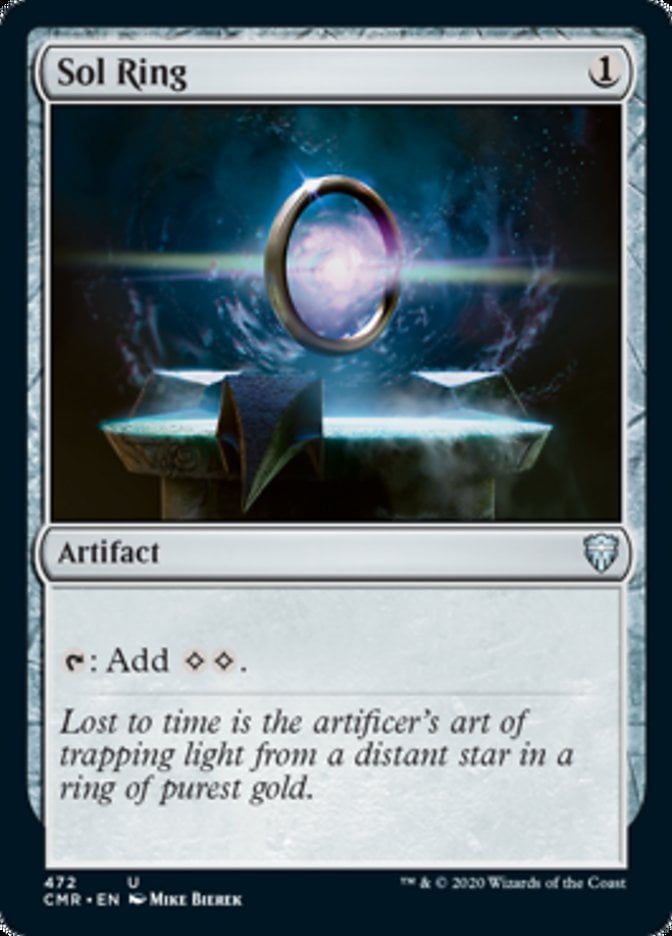
You literally can’t build a Commander deck without Sol Ring. Ok, you literally can but nobody recommends it. This 1-mana rock is a net positive in mana the turn you play it, and will continue being the best mana rock on your board for the rest of the game. Sol Ring is so ubiquitous to the format that it's shown up in every Commander preconstructed deck ever released.
Why Are They Called Commander Staples?
Commander staples are cards that hold the format together. Staple cards appear in lots of decks, regardless of strategy or archetype, and are sometimes seen as auto-includes. Most decks run Sol Ring and Arcane Signet these days, as they’re two of the best widely-available mana rocks. Many green decks top off their curve with Craterhoof Behemoth, and there's never a reason not to slot in a Cyclonic Rift if you can spare it.
Commanding Conclusion
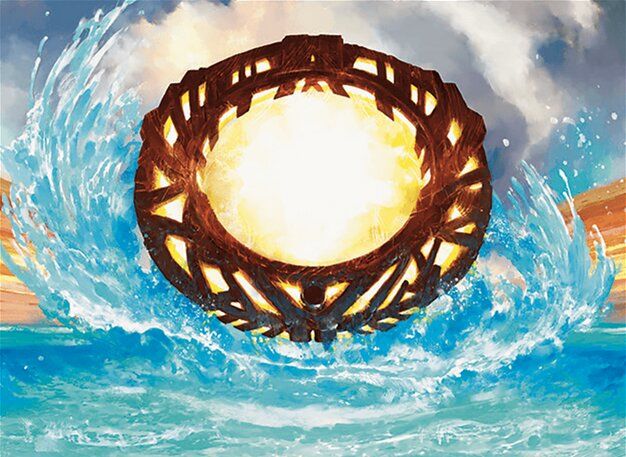
Sol Ring | Illustration by Kekai Kotaki
Being an Eternal format, Commander has one of the largest card pools in Magic. Not only are the most powerful (and expensive) cards in the game legal to play, there are also tons of budget alternatives that show up in a majority of Commander decks. The top Commander cards listed here are by no means an exhaustive list, as many hundreds of cards show up across deck archetypes and playstyles in a 100-card singleton format, but these are by far some of the most popular choices from Commander's 10+ year history.
How do you feel about Commander staples? Do you play many of them, or have you found alternate choices that play better with your commander? Let me know in the comments or over on Draftsim’s X.
Thanks for reading, happy deck building!
Follow Draftsim for awesome articles and set updates: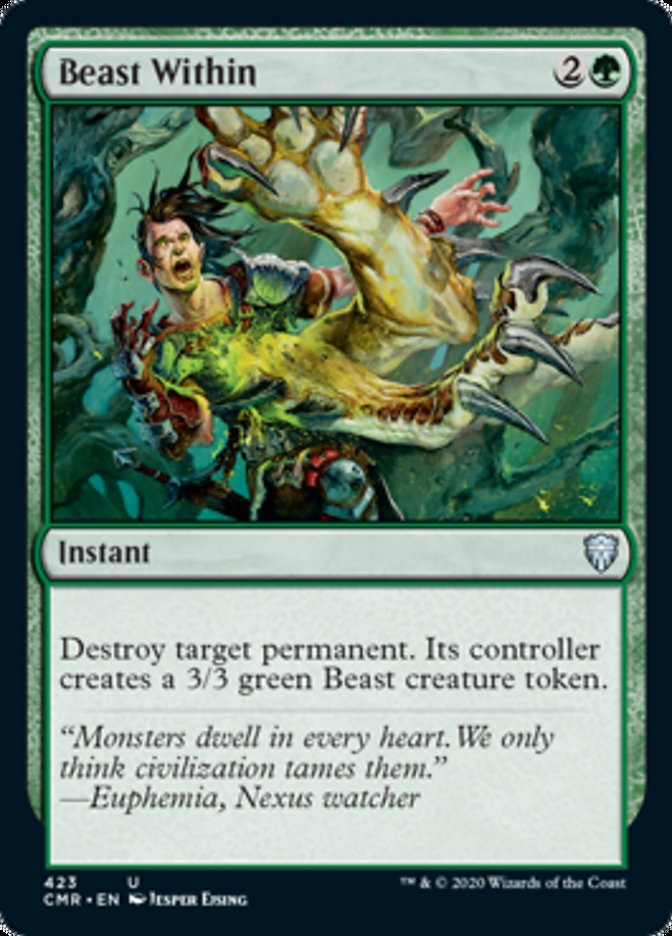
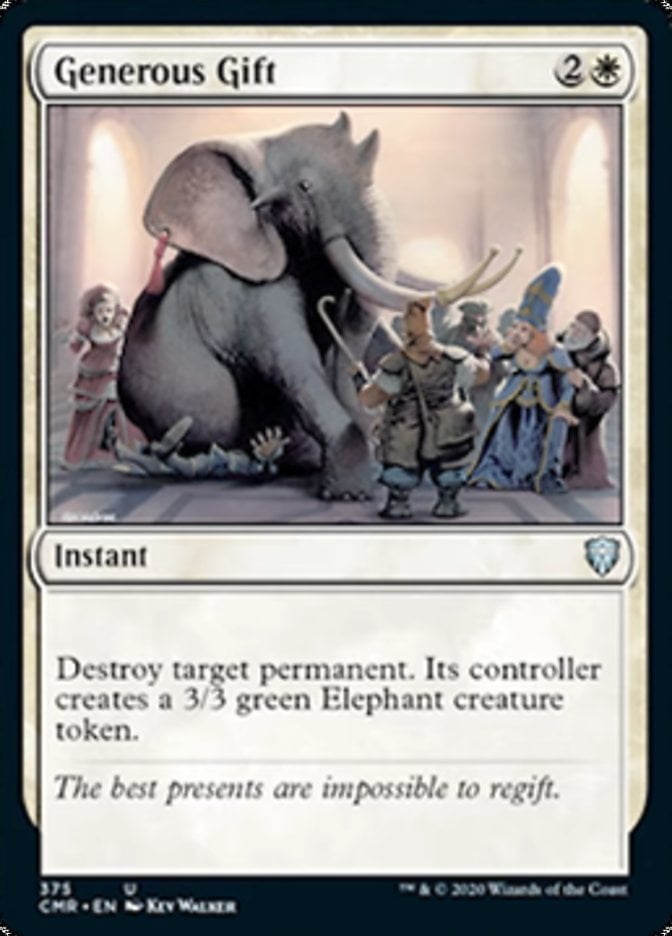
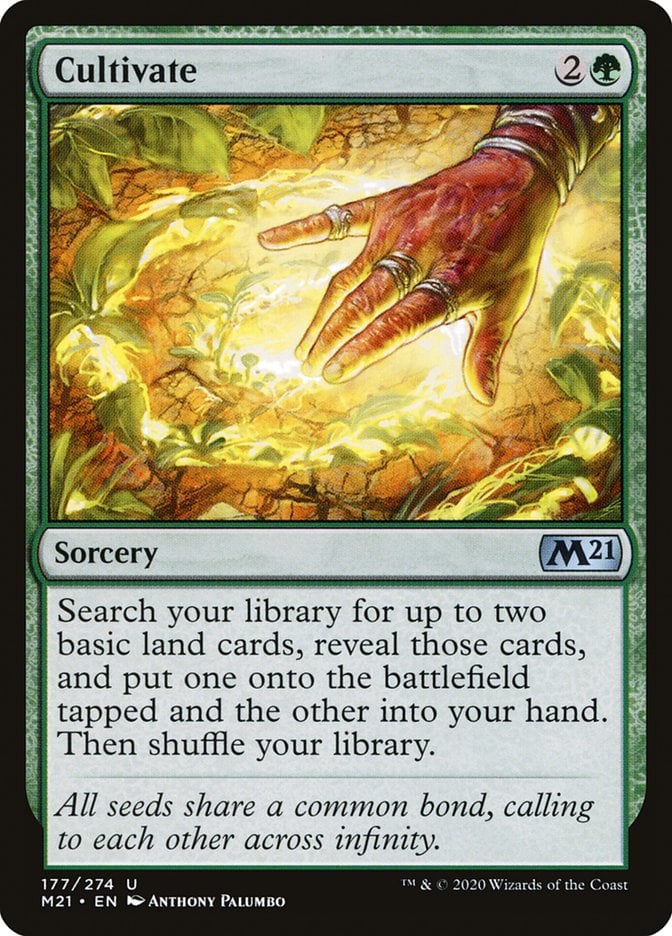
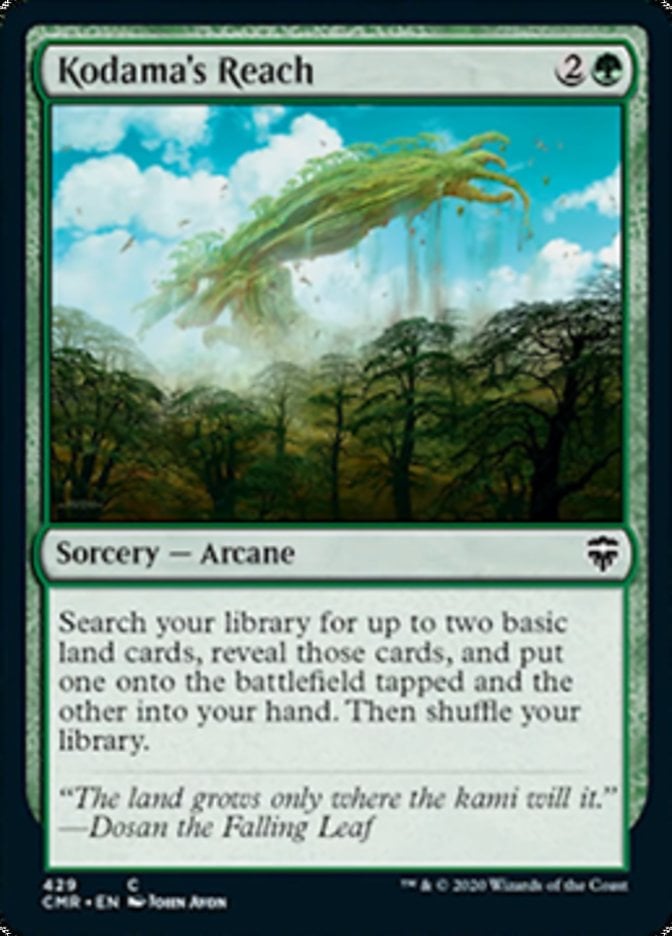
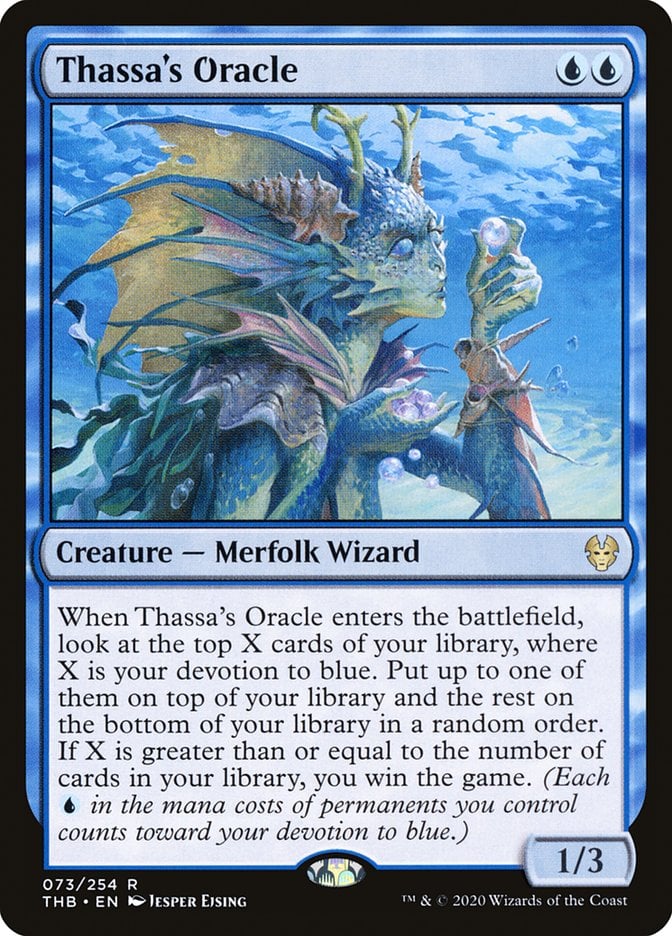
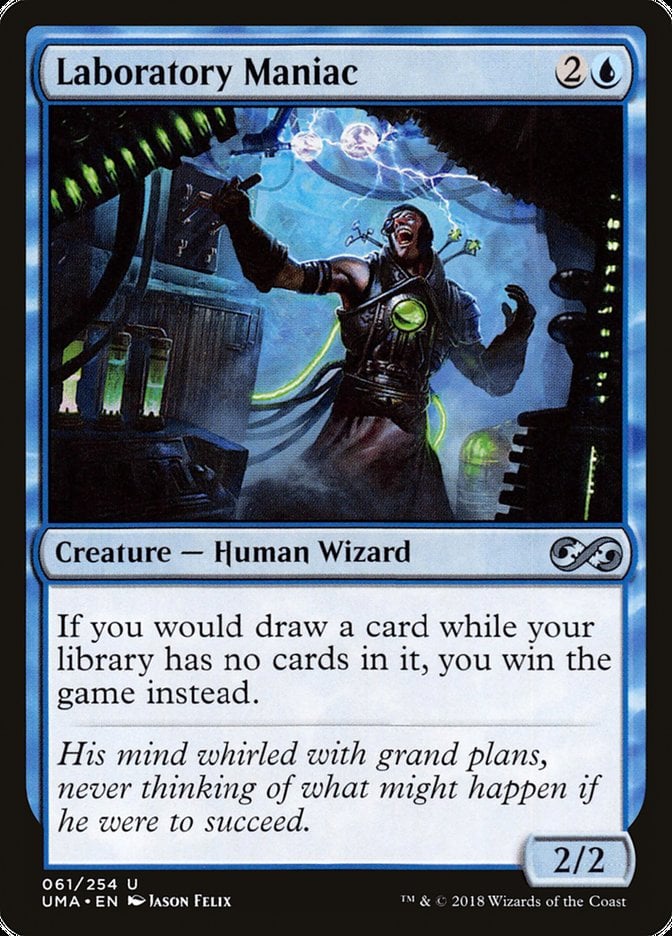
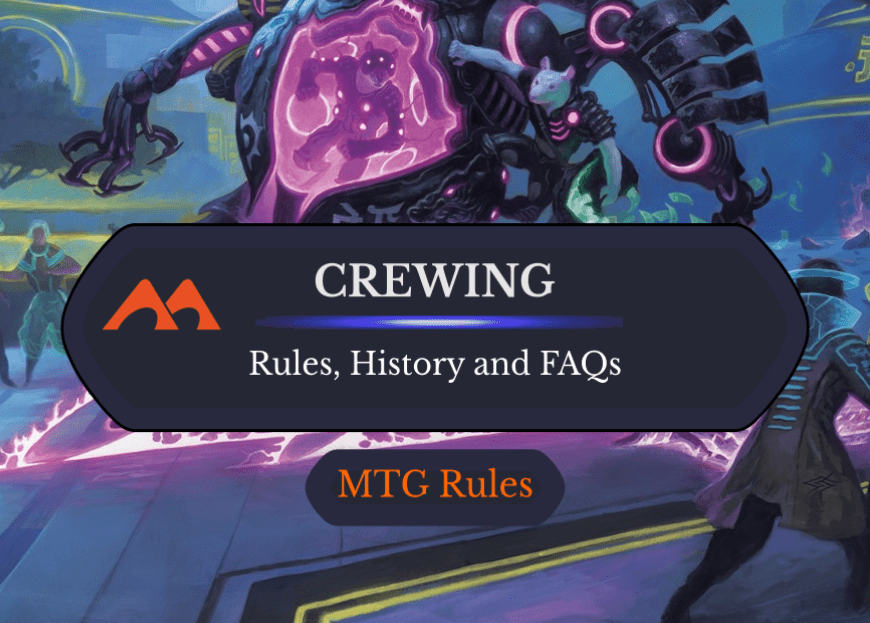
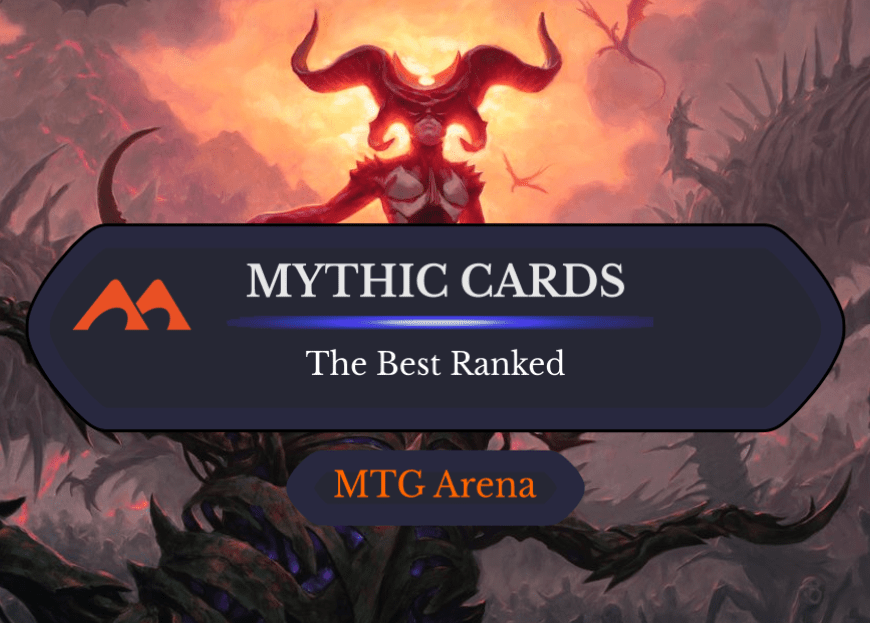
2 Comments
Umm… Fetch lands, maybe? Not only do they allow you to tutor out shock lands, as well as proc landfall abilities, but they thin lands out of your library to ensure you draw gas to spend that mana on.
Also what about the og duals and battlebond/commander legends lands. Come into play untapped.
Add Comment